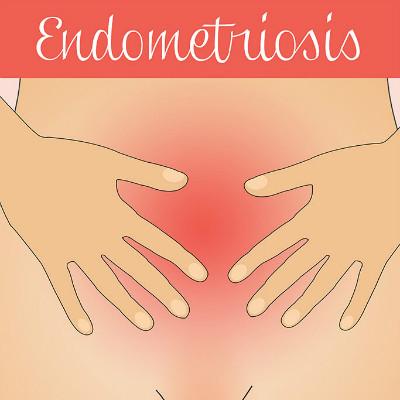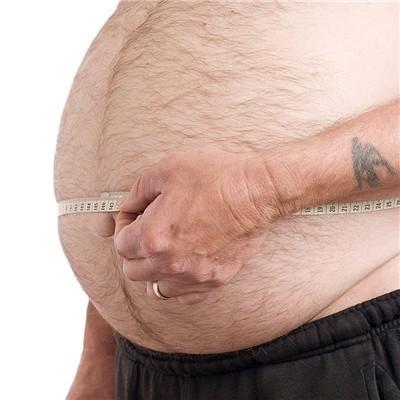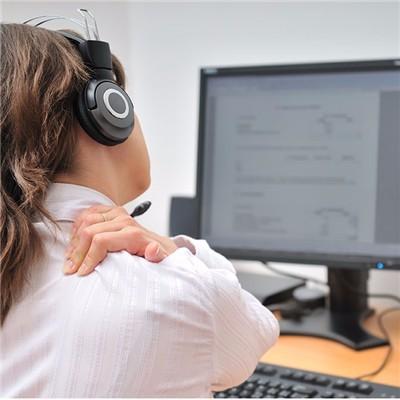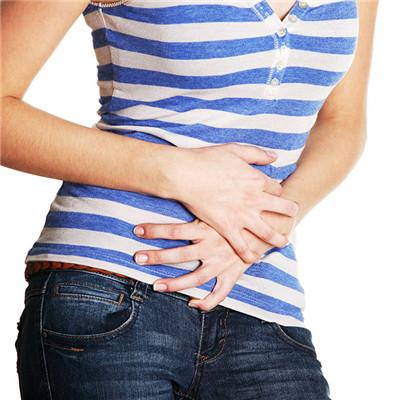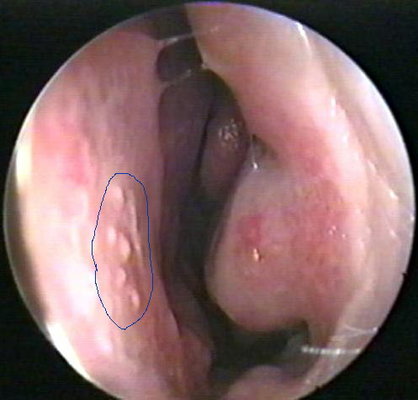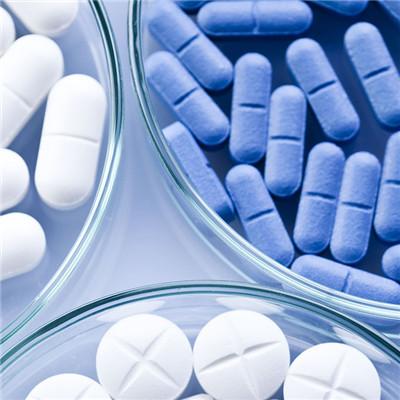Symptoms of infection after hip replacement
summary
With the advent of aging society and the increase of traffic accidents and emergencies, the incidence rate of related diseases such as femoral neck fracture, intertrochanteric fracture, femoral head necrosis, degenerative arthritis and tumor increased. The best treatment for them is artificial hip replacement. What are the symptoms of infection after hip replacement? Let's talk about it
Symptoms of infection after hip replacement
In the early stage of infection, the number of bacteria is large and the virulence is strong, leading to the formation of local abscess( 2) The treatment of early infection was delayed, the abscess occurred repeatedly, and finally the sinus was formed; After infection, improper debridement was performed, and the incision did not heal to form sinus;
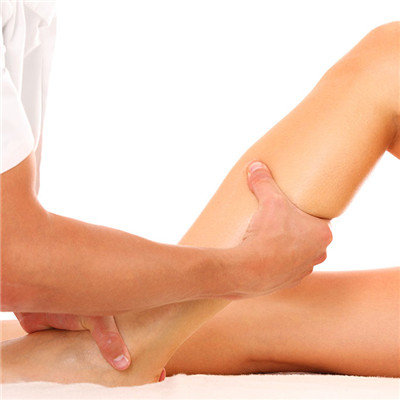
Pain is often the main clinical manifestation of most patients with joint infection. If the patient has persistent pain after operation and pain at rest, the doctor must highly suspect the patient of joint infection. If fever, ESR, CRP and X-ray signs of loosening appear at the same time, antibiotics should be stopped for 3 weeks for hip joint puncture culture examination.
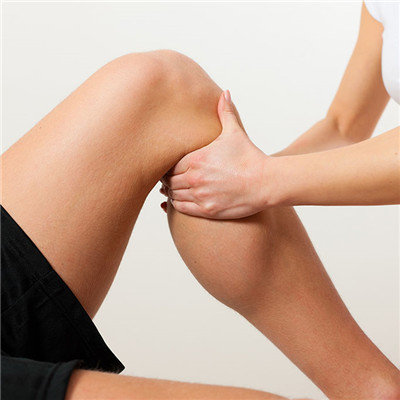
In patients with acute joint infection, body temperature and white blood cell count usually increase; However, the body temperature and blood routine examination of patients with chronic infection are often normal, which has little diagnostic significance. ESR and CRP are of great significance in diagnosis and treatment monitoring. If ESR and C-reactive protein are increased, except for other factors, such as rheumatoid arthritis, hypercolumn, stress, etc., infection should be highly suspected.
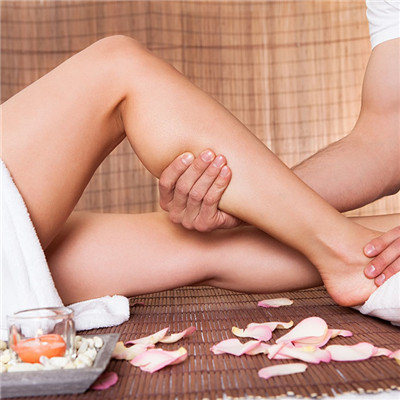
matters needing attention
After the operation, keep the dressing clean and dry. If there is bleeding, replace it in time. Pay attention to whether there is redness, swelling, heat and pain in the local incision, and whether the incision pain is gradually alleviated. Aseptic operation technology shall be strictly implemented during dressing change and other operations. When the negative pressure drainage tube was placed in the wound, the drainage tube was squeezed regularly to keep the drainage tube unobstructed, and the position of the negative pressure suction device was lower than the wound level. Observe the quantity, color and nature of drainage fluid and the exudation of wound dressing, and make records. Follow the doctor's advice and use antibiotics all over the body after the operation.

